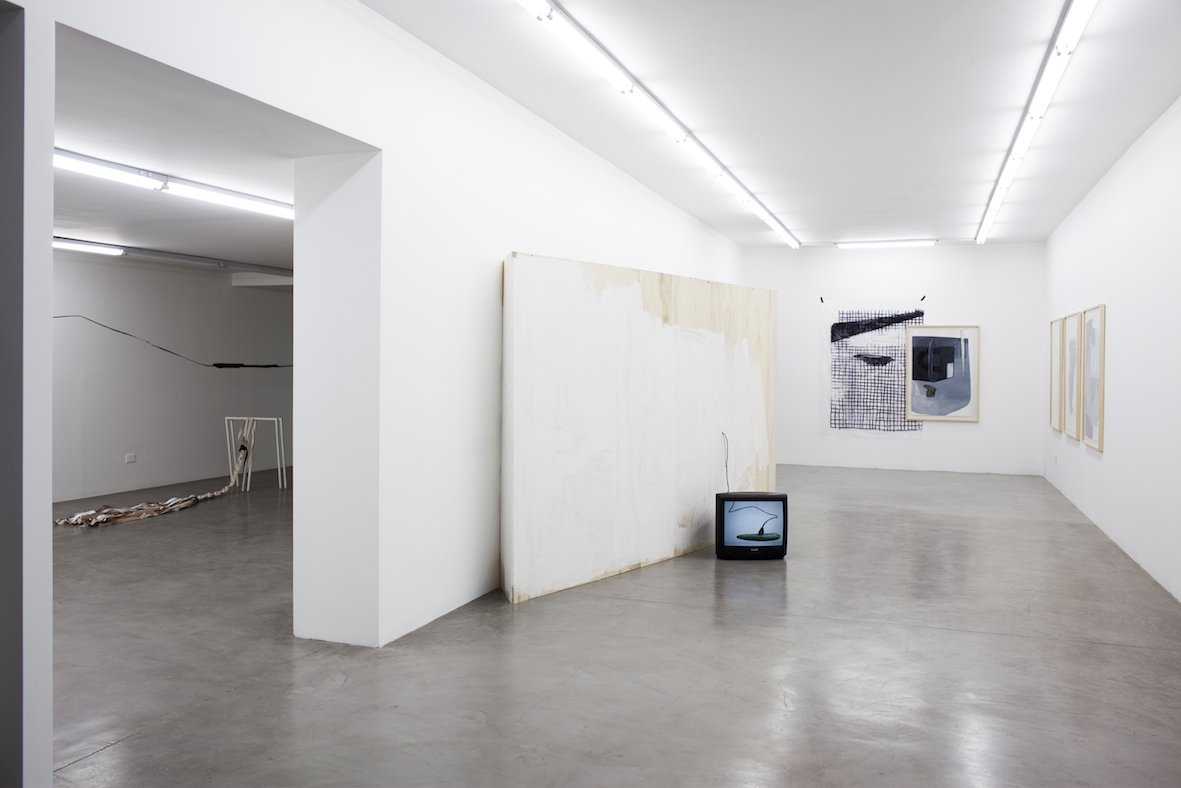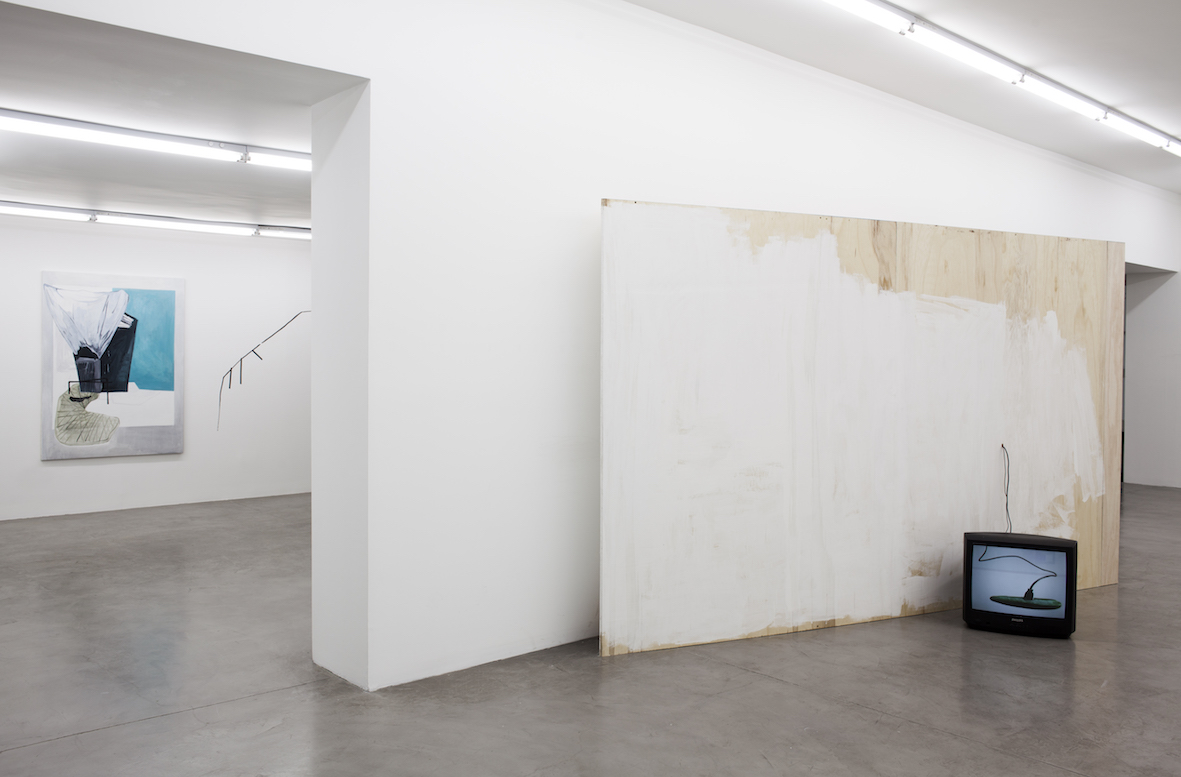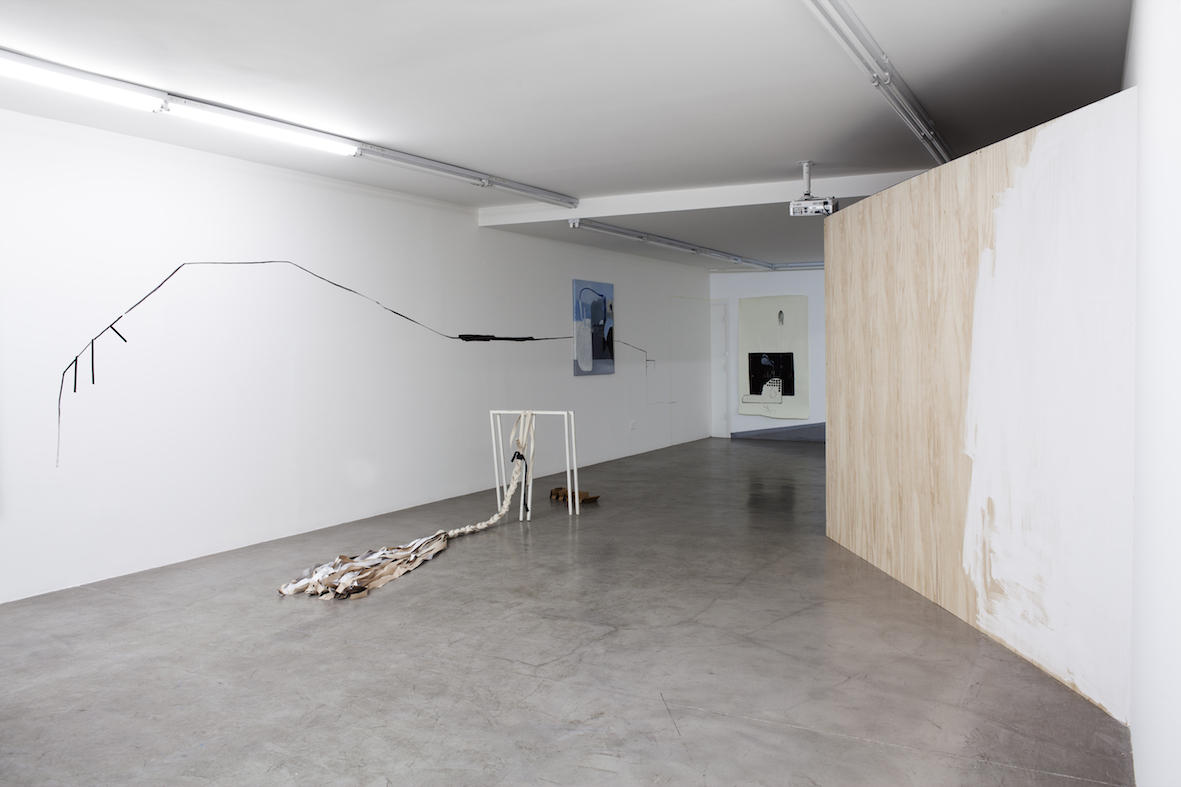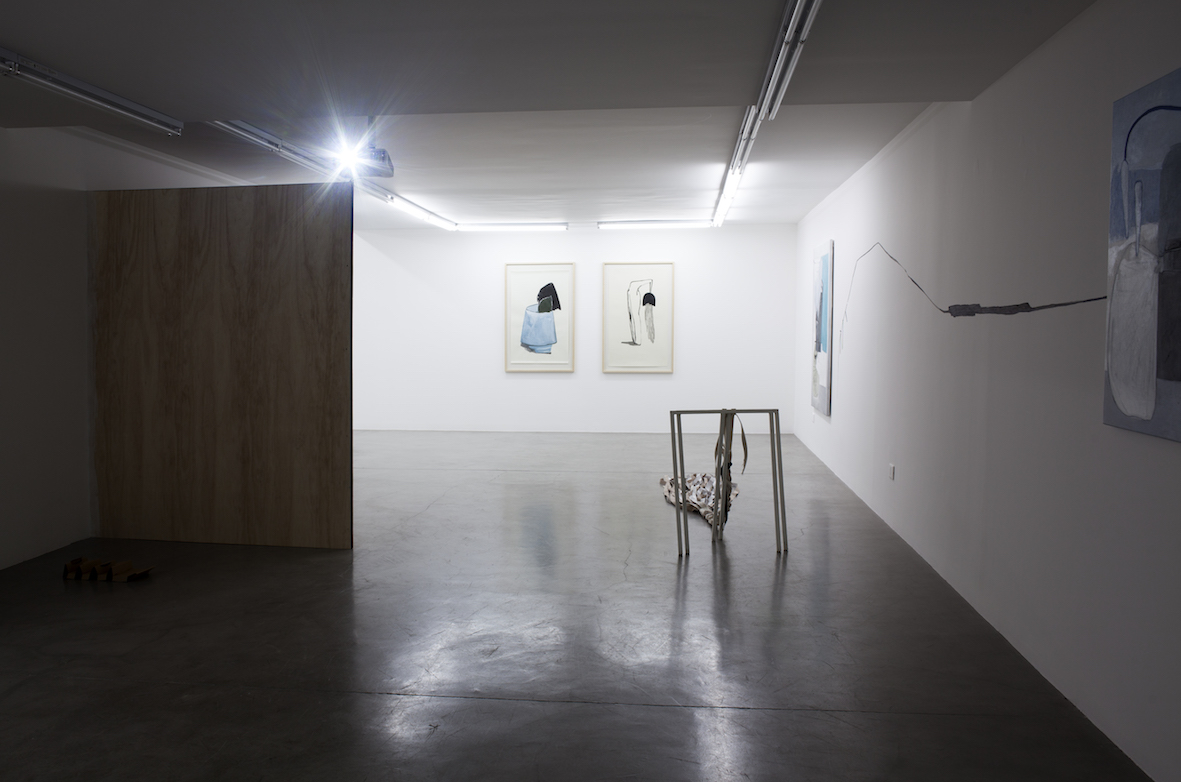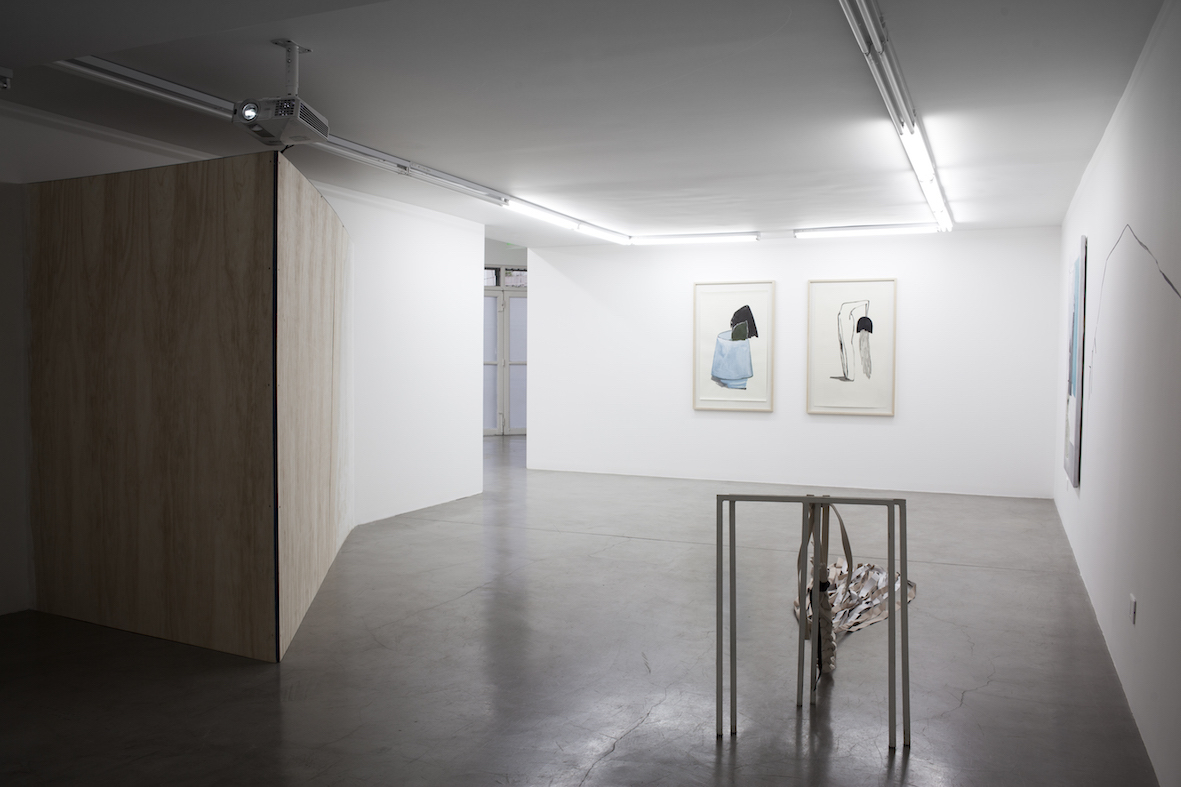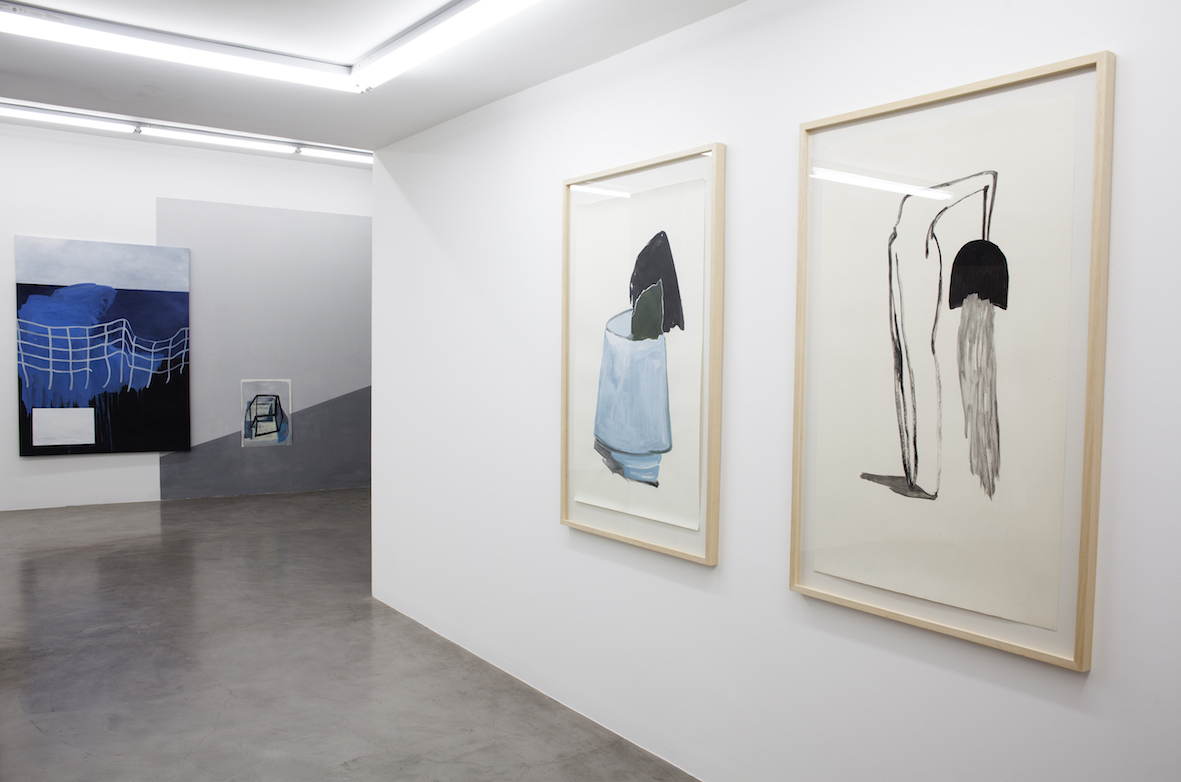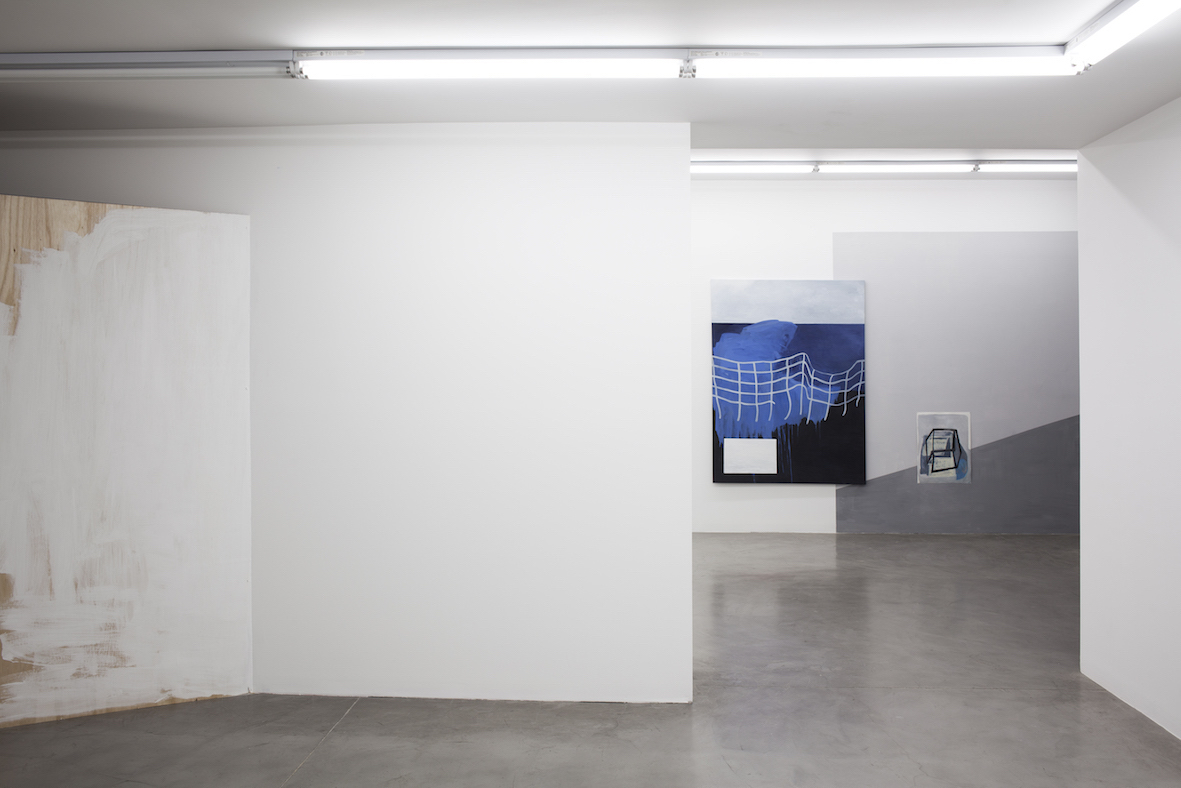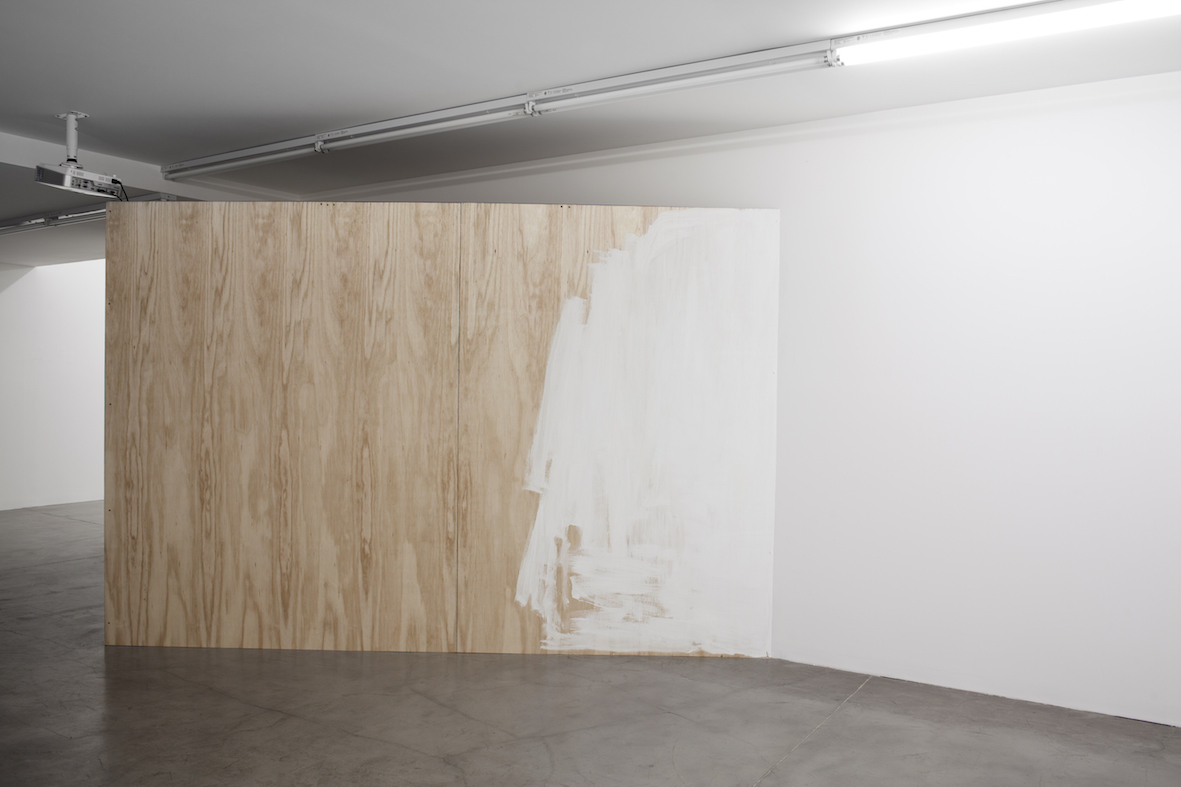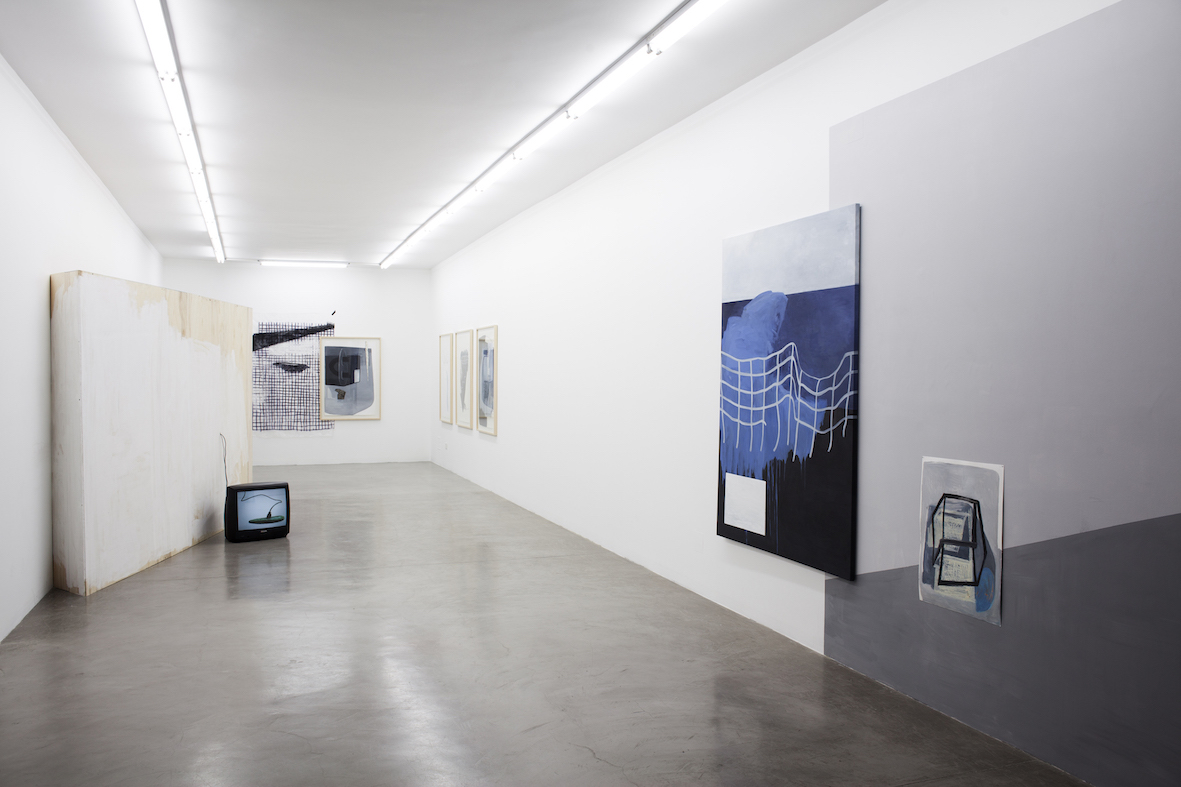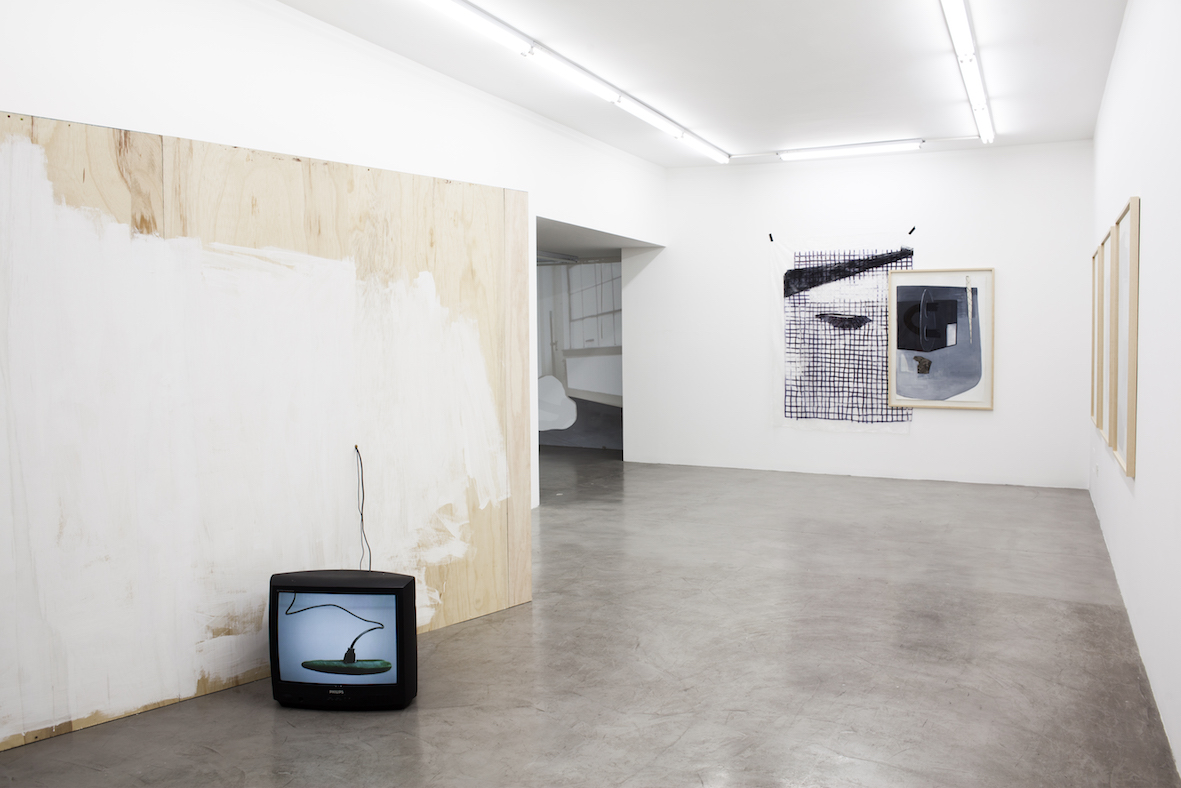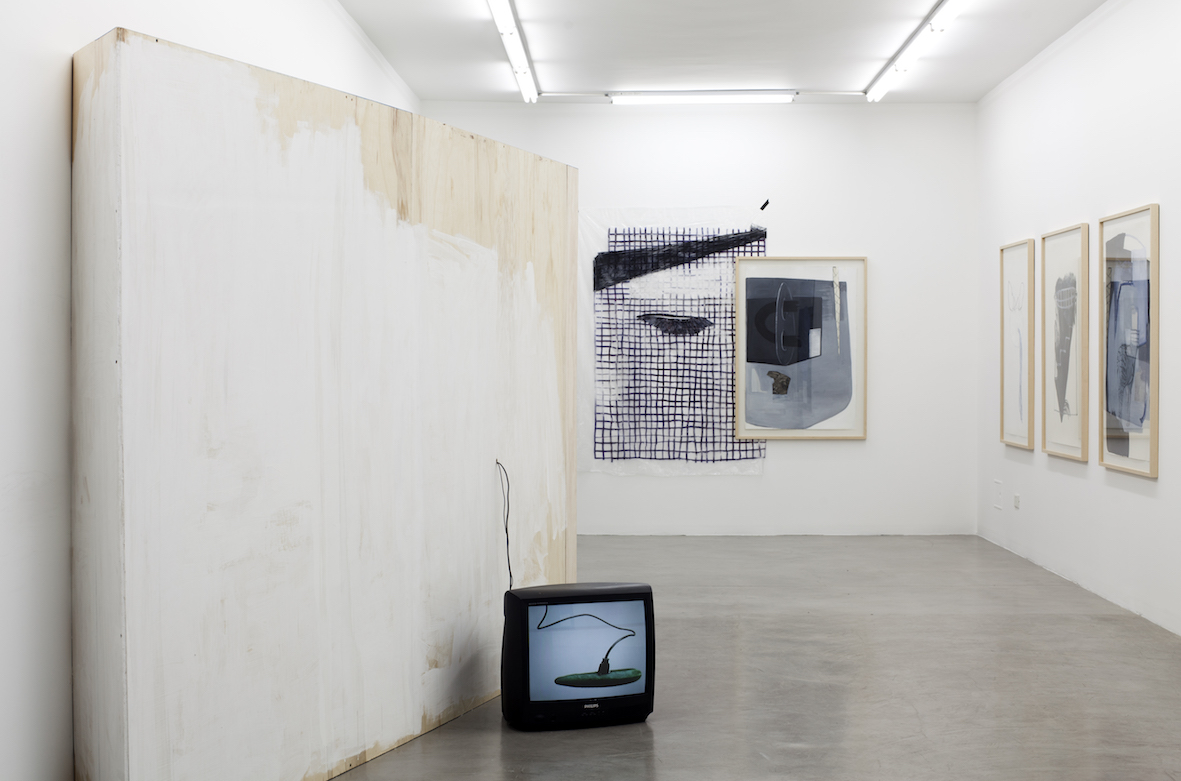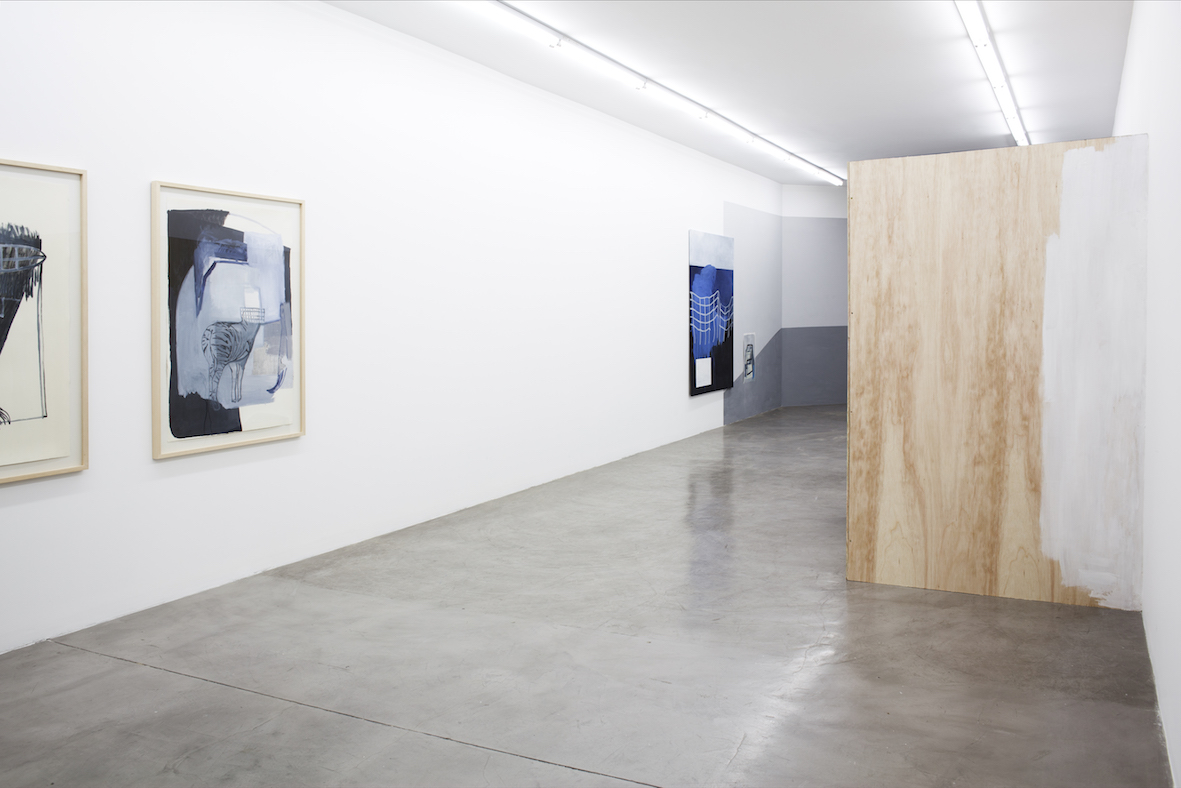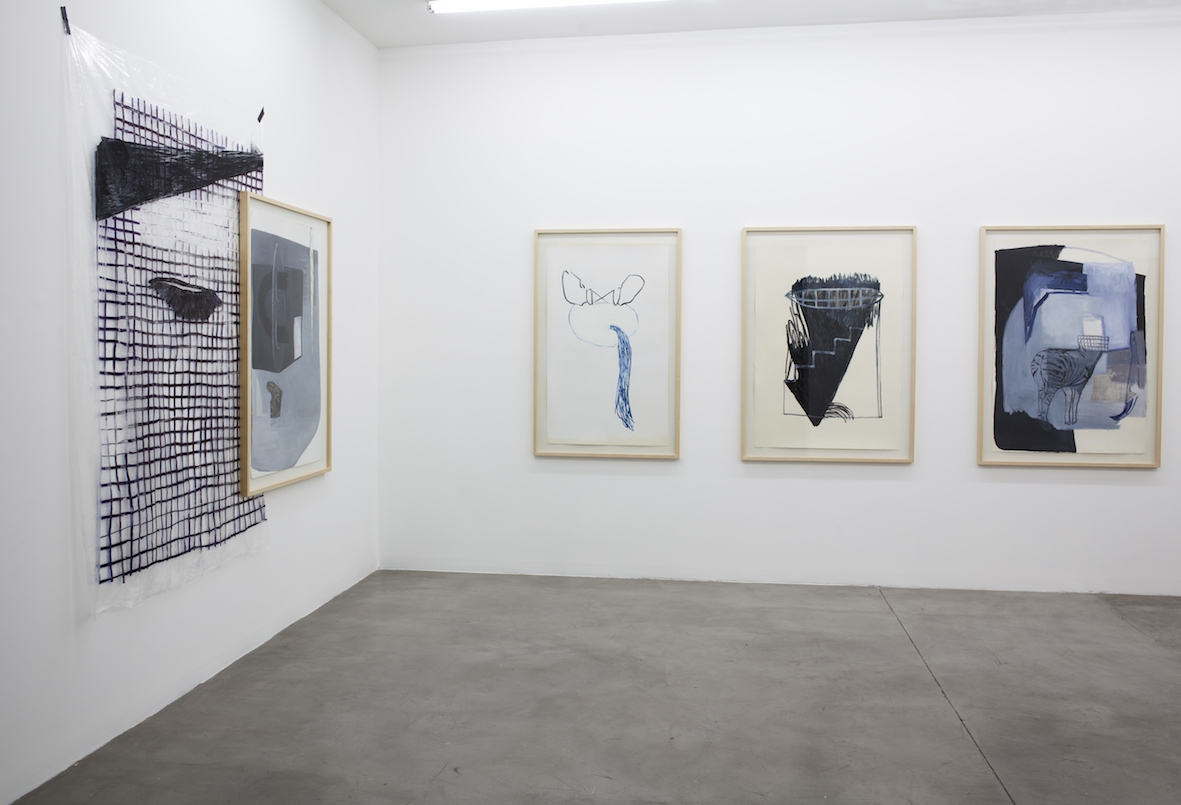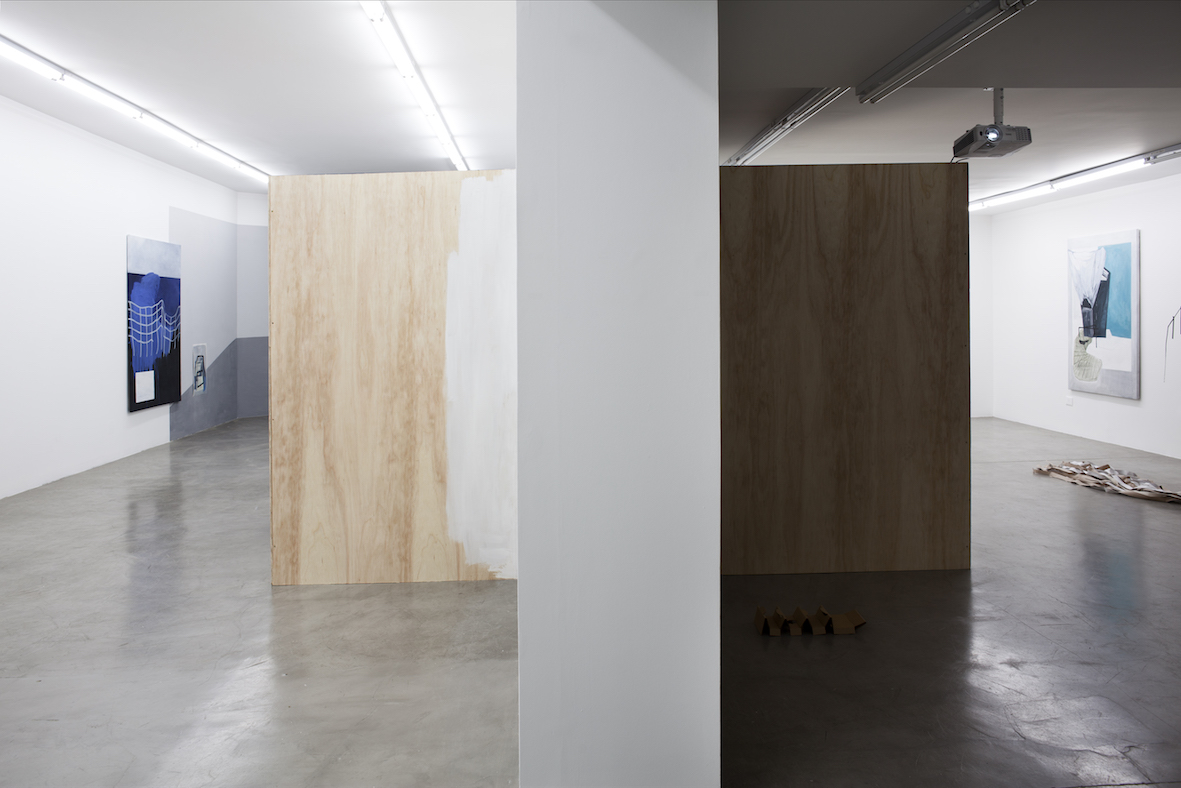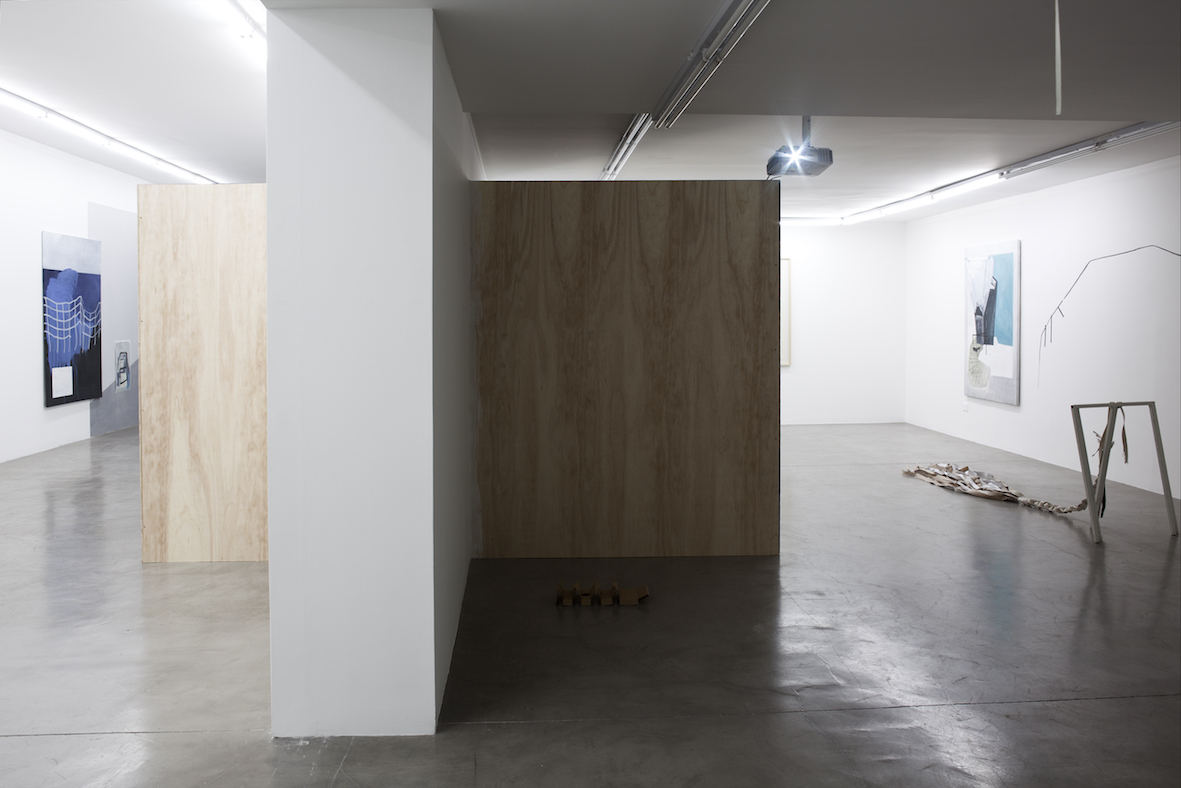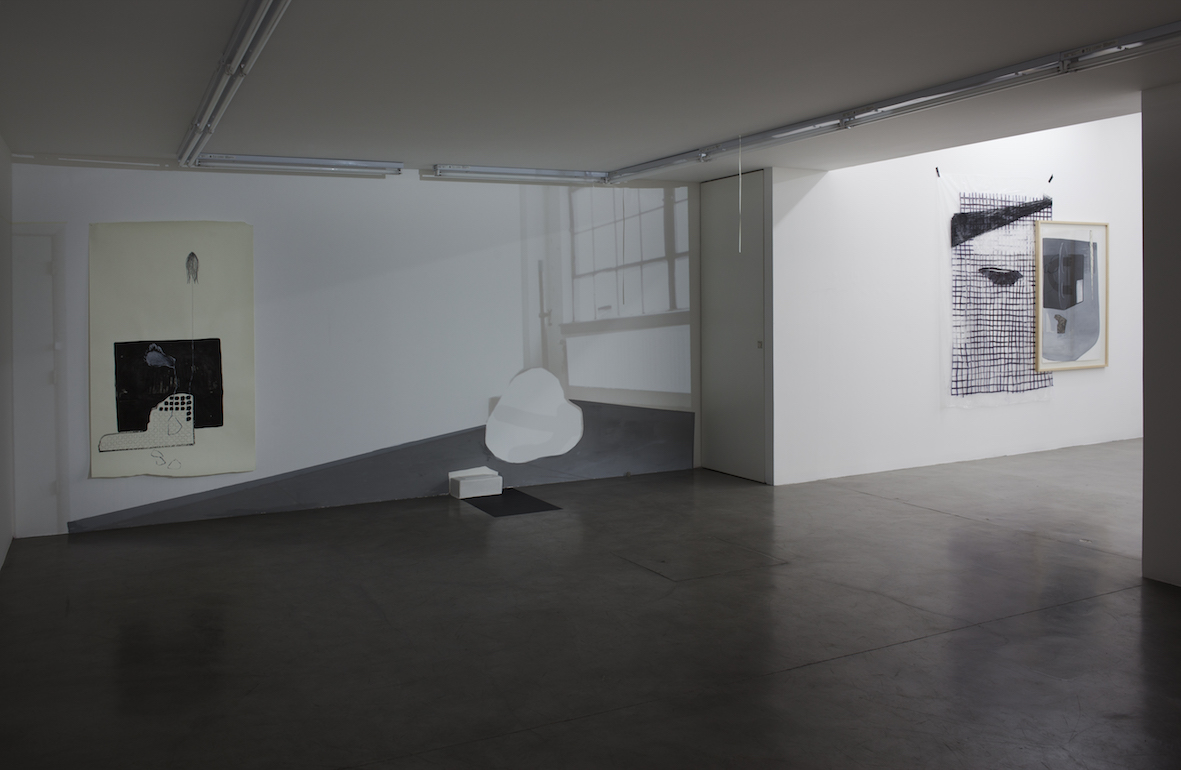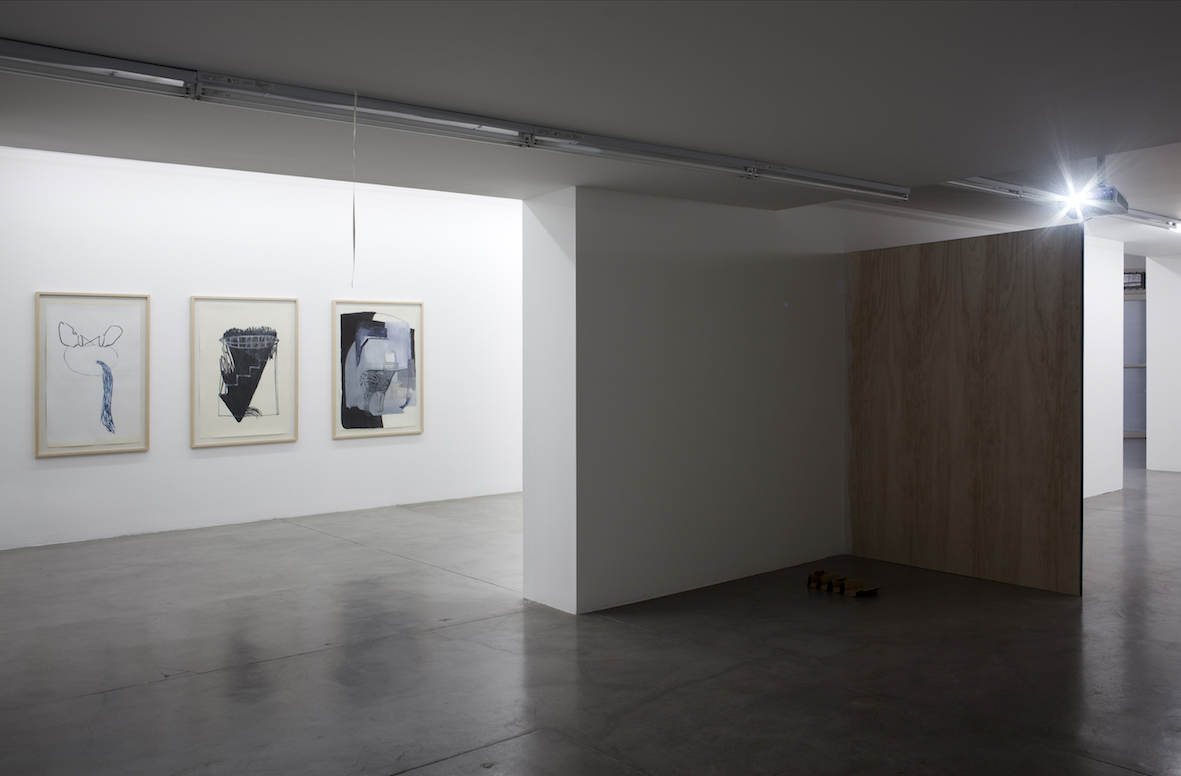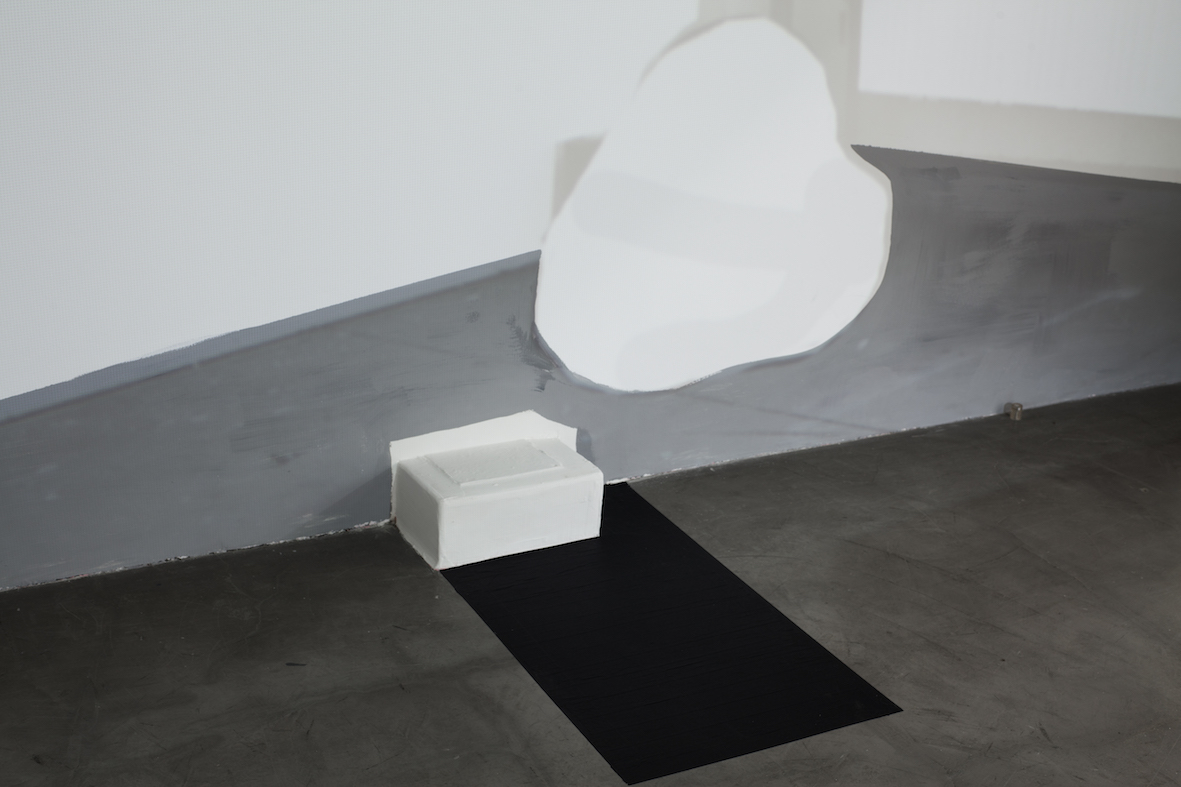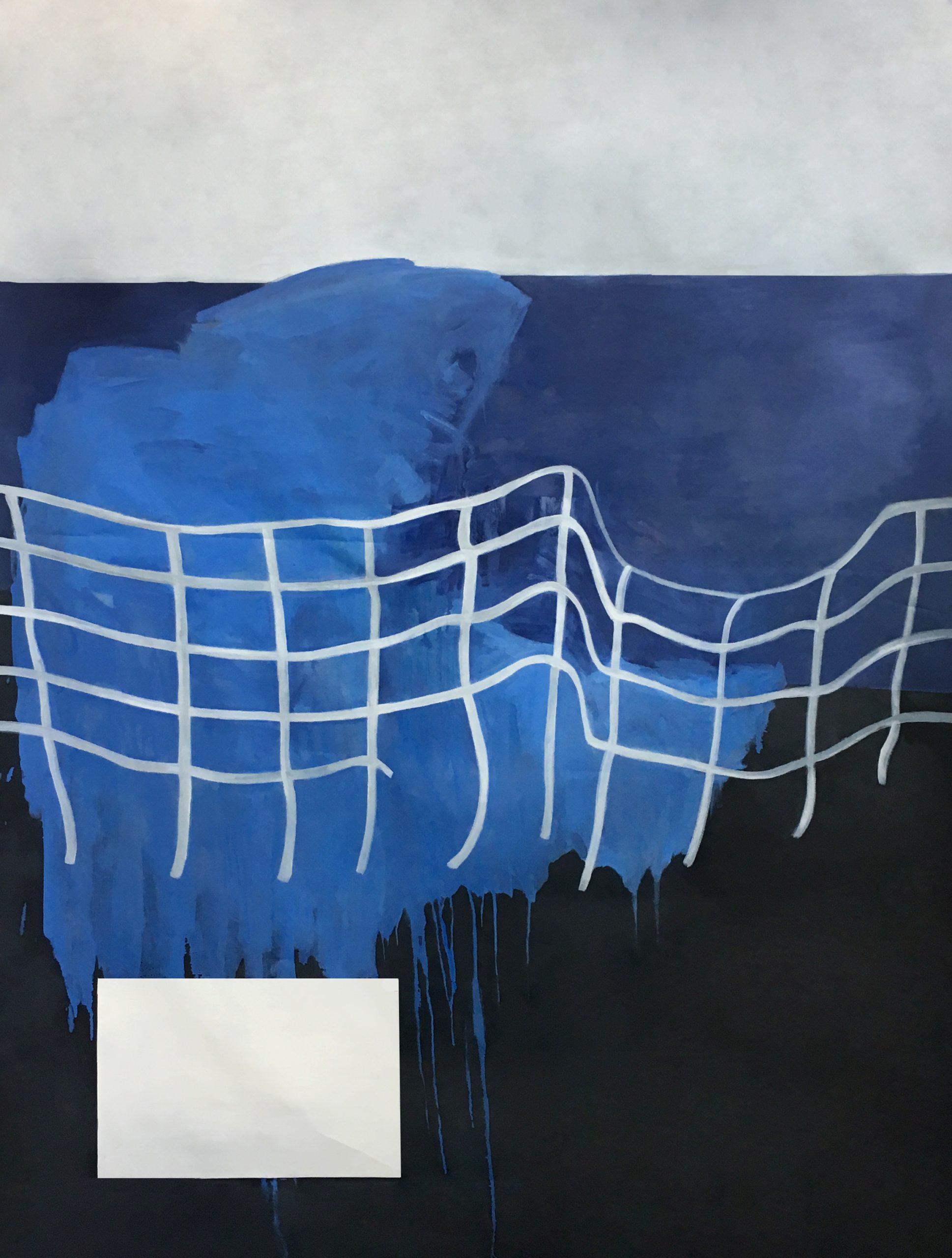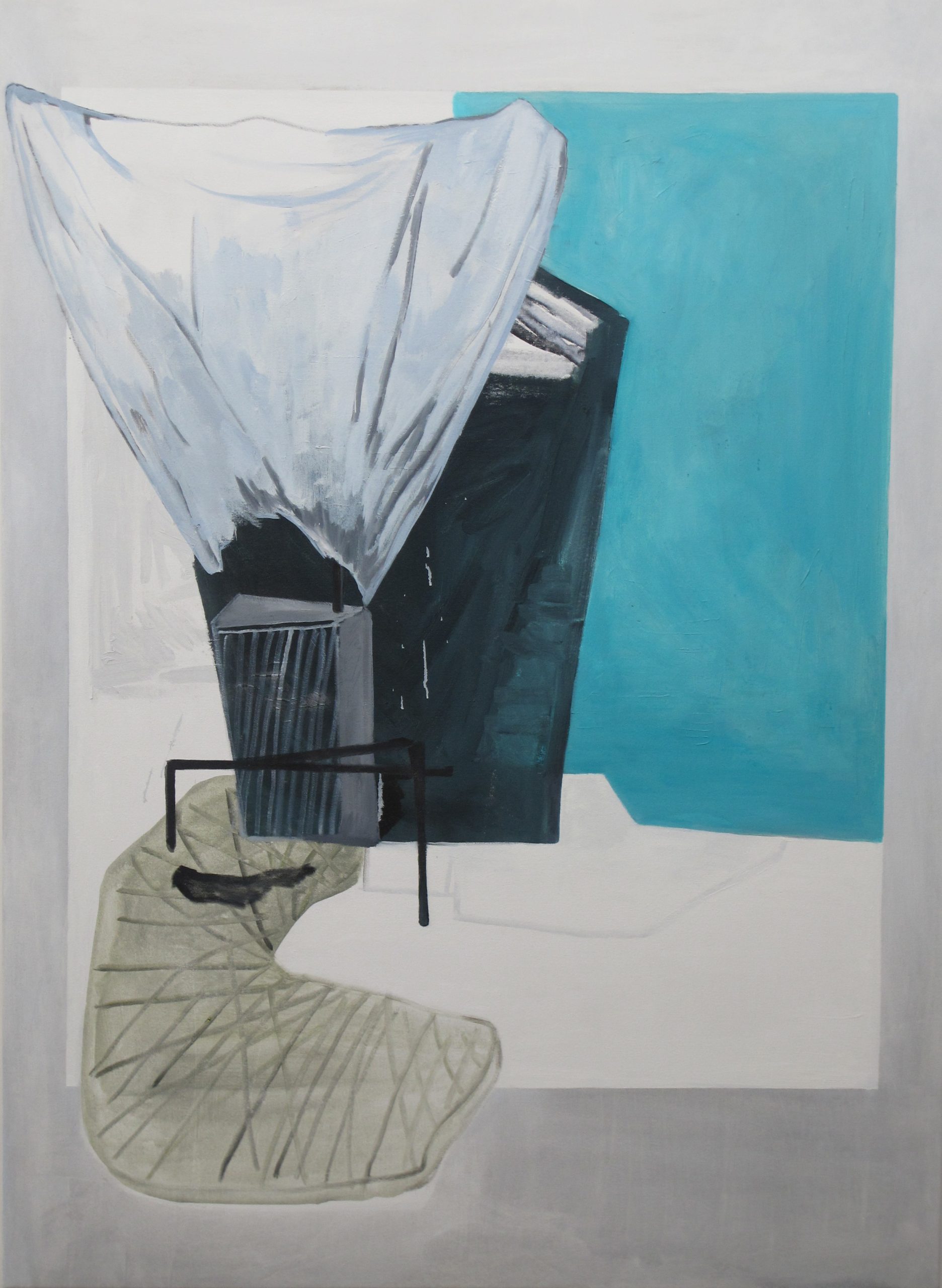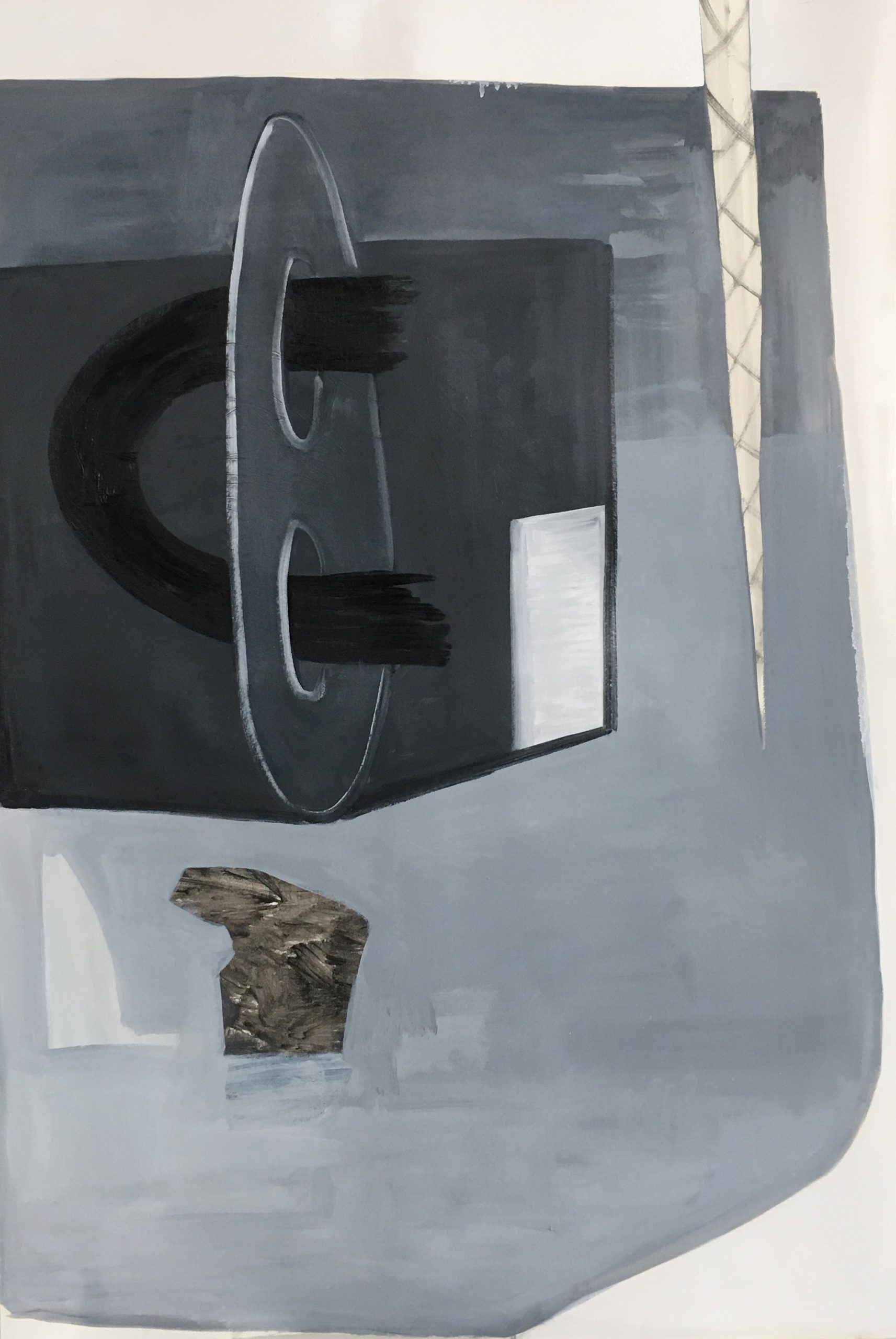Importa un pepino
SOFÍA QUIRNO
curated by Guido Ignatti
may 9. — JUn 10. 2017
exhibition view
Ph. Ignacio Iasparra
works
TEXT
What place do people occupy in the life of a painting? Overcoming the ego- conflicts, overcoming introspective questions – which lead only to self-knowledge and sometimes to self-deception – overcoming the divan of painting; it may be time to ask what you can do for painting besides contemplating it. Understanding that life takes its course, even when we are not present, is one of the most intense experiences that can be traversed by the human being. All the things that happen in the material level remind us of the finitude of the flesh – and perhaps also that of the spirit. Painting is, among other things, the manifestation of that experience. The portrait and the landscape, the people and their surroundings, the eyeball and the desire to continue existing five minutes after the last breathe. How do we then stand before the image? Does it matter to anyone else what happens in this private act?
It matters whilst the passage from the private to the public continues to exist. The eternal dilemma of leaving the reflexive state to go meet the other and engage in a dialogue with pure image, loudly. One of the great discussions that began in the late 60’s and continues today, although certainly in another way, is the incidence of the context in the manifestation of the work, and the possibility that it can project independently from and over the space that comes to occupy. It is paradoxical that, in the global era of ultra-hybridized multiculturalism, globalization and the migrant artist, the concept of ‘studio artist’ is still important for Quirno. Studios are usually transitional spaces, disposable, nondescript, but, however, they are important not for what they are but for what they allow to be there, and only there. Power does not lie in its architecture or in its materiality, but in the potential capacity for extraordinary things to happen.
The work in the gallery seems to operate directly on the exhibition space, which is a site-specific, although somehow what it actually does is “to import” another site: the studio; a holy place of intimacy. Thus, a personal plot that surrounds us in a retinal experience that activates acts, gestures, and performance of contemplation supports pilgrim paintings.
Bruce Nauman says, “I had the impression, that everything I did when I was in the studio represented art, for example just walking around”. Quirno uses the everyday as a way of entering into a dialogue with the otherness that today seeks to amalgamate us in the global, and thus makes simple expressions like “walking around”; to transmit the more subtle forms of sensitivity.
Touring the exhibition space I wonder what you can do for painting. All this deployed materiality can be understood as an instant self-portrait of the author and why not, of that which she looks at. Painting as a reflection of our mortality, a mirror that blasts in the act of looking.
Sofía Quirno’s exhibition in Hache raises a possible scenario about the random relationships that occur between the people, the objects and the spaces that contain them. The work is projected as a fluctuating whole where painting works as a catalyst for the experience of these usual relations that, second by second, we see and ignore with equal care. The paintings of Quirno explore the everyday with a reduced palette, concise, and with a determined stroke that pays special attention to the minimum. The installation, which takes over both rooms of the gallery, incorporates the paintings into the exhibition space with projections, TVs, murals, objects, modifying the architecture to give rise to the performance of contemplation and pictorial experience.
* Painting, installation, video and performance are both in conversation with the viewer and the gallery spaces.
Guido Ignatti
